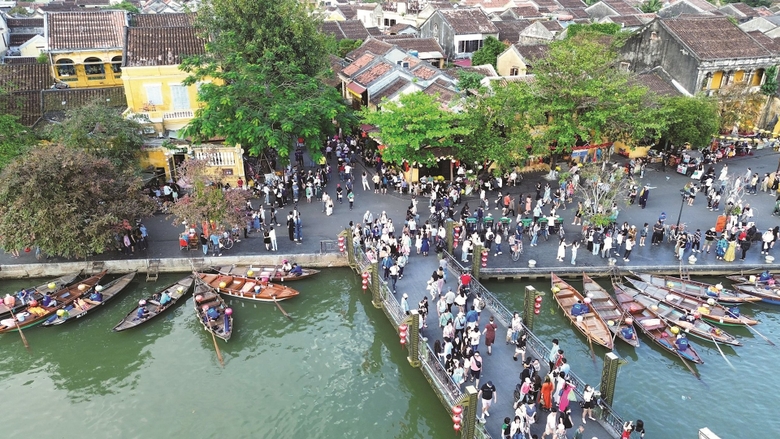
Hoi An ancient town (Quang Nam province) - a world cultural heritage, with ancient moss-covered houses, peaceful river landscapes and hospitable people along with a series of vibrant cultural activities and extremely unique culinary style - has long been an attractive destination for domestic and foreign tourists.
Ancient houses
Walking on the ancient streets of Hoi An, visitors can easily see houses that are over 150 years old with ancient architectural styles. Over the years, these houses have been preserved quite intact in terms of architectural style and interior decoration, helping us to imagine the lives of generations of owners, of those belonging to the merchant class in the former trading port of Hoi An.
Typically, at house number 77, Tran Phu street, Minh An ward, Hoi An city, there is Quan Thang ancient house, located in an area of about 300m2, which is always crowded with foreign tourists. Here, the owner, Mr. Diep Bao Hung (85 years old), is the 6th generation living in Quan Thang house, shared: "This house was built by my ancestors who came to Hoi An ancient town at the end of the 17th century to do business and took the name Quan Thang. Currently, the house has 3 generations living and doing business, we always cherish and preserve the valuable ancient features that our ancestors left for us."
From the outside, visitors can see the house's elaborate tiled roof, along with two large stalls displaying goods, creating a lively and rich space. The doors are decorated with delicate patterns and traditional colors. The horizontal lacquered boards and parallel sentences on the pillars are elaborately carved, authentically recreating the magnificent beauty of ancient Hoi An.
Inside the Quan Thang ancient house, visitors will be overwhelmed by the sophistication of the architecture, from the ironwood columns to the connecting beams. From the walls decorated with patterns, to the ancient ironwood doors carved with every detail with sophistication. The hand-painted paintings on fabric decorated here are also a special highlight that makes the space inside the house more ancient.
“This is one of the most beautiful ancient houses in Hoi An, built by Quan Thang shop owner. The house has the typical architectural style of a wooden house with large ironwood columns, connected by continuous crossbeams to form a sturdy frame,” said Ms. Vo Thi Anh Duong, a resident of Minh An ward, Hoi An city.
In addition to the Quan Thang ancient house, Hoi An currently has about 1,360 relics, including 1,068 ancient houses, 38 clan temples, 19 pagodas, 43 shrines, 23 communal houses, 44 ancient tombs and 1 ancient bridge, which are always research or sightseeing destinations for visitors from near and far. For example, at the Phuc Kien Assembly Hall, An Hoi Bridge;... there are always many visitors coming to burn incense, pray for peace, and admire the ancient features.
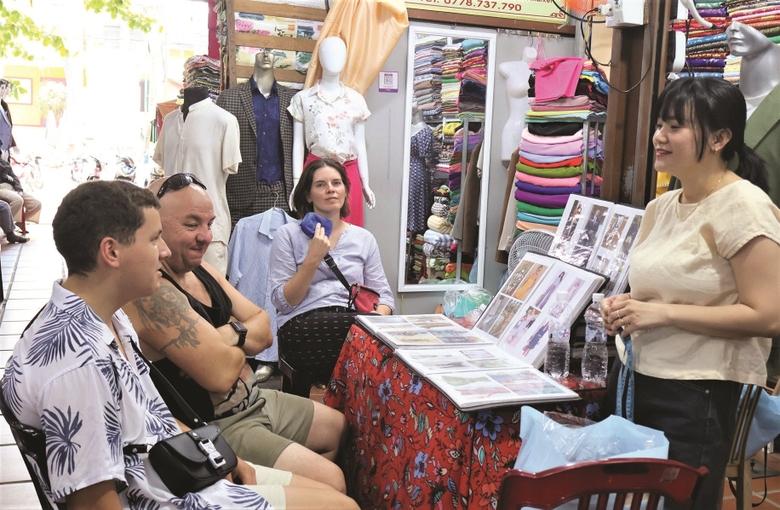
Thousand year old well
Not only ancient houses, but when coming to Hoi An, visitors can also admire ancient wells. Typically, the ancient well of Ba Le, located in a small alley on Tran Hung Dao street, this ancient well has existed for more than a thousand years, not only is it a historical witness to many ups and downs in the ancient city but also becomes a sacred part for the people of Hoi An.
Mr. Huynh Ngoc Noi, in Hoi An City, said that Ba Le well has very clear, sweet water and does not dry up during severe droughts. During droughts, almost every family in the old town rents or transports a few barrels of water from this well to store for daily cooking.
According to Mr. Noi, the ancient Ba Le well dates back to the time of the ancient Cham people, around the 8th-9th century. Legend has it that in the 20th century, a woman named Ba Le spent more than 100 Indochinese coins to restore this ancient well, and from then on the ancient well was named Ba Le.
Ba Le Well is square in shape, and is said to have been built by the Cham people. The well wall is made of bricks, solid and sturdy. At the bottom of the well is a wide ironwood frame that has been around for a long time but has not rotted. Layers of moss cling to the well wall, creating an ancient look.
Mr. Pham Phu Ngoc - Director of Hoi An Cultural Heritage Management and Preservation Center said: “Hoi An ancient well is a special connection point between Cham residents and Vietnamese residents in Hoi An, such as Ba Le well. The ancient well has created a unique feature of Hoi An culture, an indispensable part of tangible cultural heritage. This is a very special type of relic that needs to be researched and preserved”.
In Hoi An, in addition to Ba Le well, there are 11 ancient wells. Currently, more than half of these ancient wells are still in use but are strictly protected and preserved. The government and the cultural sector always guide and propagate people not to encroach or damage these ancient wells.
Westerners and the Old Quarter
In addition to the ancient features mentioned above, Hoi An also has new cultural features, which is the increasing number of domestic and foreign tourists coming to the old town to shop and admire, especially foreign tourists that the locals commonly call Western tourists.
Tran Phu Street is the street that Western tourists visit the most. Although this street is more than 1km long, there are many shops selling souvenirs, leather shoes, clothes, etc., which have attracted many tourists to visit and shop. At these shops, Western tourists can freely choose items to buy or ask the shop staff to tailor their favorite clothes. The shop staff enthusiastically introduces the products they want to buy or provides information about prices for customers to choose from.
Foreign tourists also stroll through this area to admire, check-in and take photos of the ancient houses located close together or go to the temple to burn incense and pray for peace. Or simply sit and drink coffee, laugh and talk loudly or watch the peaceful scenery of Hoi An ancient town in the afternoon.
Ms. Diem Huong, owner of TaTa shop on Tran Phu street, said: “This route always attracts Western customers, like at my shop, they come to order clothes. Customers are very diverse, they come from European countries, or India, Korea, China, Japan... This place always attracts customers, because they are very secure and do not worry about the situation of "price gouging" because we have listed the price of each set of clothes for customers to choose, so the good news spreads far and wide.”
Western tourists love Hoi An ancient town, not only for its ancient beauty but also for its pleasant weather, not too hot or too cold, and cheap accommodation, with each night in a motel or hotel costing from 300,000 to 500,000 VND/room. Tourists can also enjoy many delicious dishes such as Quang noodles, pancakes, Cao Lau, etc.
Ms. Laura (28 years old), a tourist from Spain, shared: “I have been to Hoi An twice, the scenery here is so wonderful, and the people are very friendly and hospitable. The food is delicious and good for your health, my favorite is Cao Lau. I love Hoi An ancient town”.
Ms. Pham Thi Ngoc Dung - Deputy Head of the Department of Culture and Information of Hoi An City said: "Hoi An ancient town currently has no streets dedicated to Western tourists, they only visit and stroll along the streets of the ancient town. However, in my opinion, Bach Dang and Tran Phu streets are the most crowded with foreign visitors, because there are many ancient architectural works, museums, temples and many souvenir shops, so foreign visitors come here more than some other streets in Hoi An".
Mr. Nguyen Van Lanh - Vice Chairman of Hoi An City People's Committee said that the implementation of Resolution 82 of the Government, dated May 18, 2023 on tasks and solutions to accelerate recovery and tourism development has contributed to the gradual recovery of the tourism industry. The city government always propagates and reminds people to do well in selling goods, listing prices according to regulations, not to "rip off" tourists, if any violations are detected, they will be strictly handled. Hoi An City has been organizing many other events such as: singing bai choi, performing arts; cuisine and many festivals for tourists to enjoy when visiting Hoi An ancient town.
Hoi An was voted the 4th most beautiful city in the world. According to the annual World's Best award announced in July 2024 by the American travel magazine Travel & Leisure, Hoi An ranked 4th in the category of the 25 most beautiful cities in the world in 2024 with 90.67 points out of 100, after San Miguel de Allende of Mexico, Udaipur of India and Kyoto of Japan. In addition, in the top 25 most beautiful cities in Asia, Hoi An ranked 3rd after two representatives from India and Japan. In the eyes of international tourists and travel experts, "it is no surprise that Hoi An appears on the list". In addition to the UNESCO World Heritage title awarded to Hoi An Ancient Town, the destination is also an ideal place for gourmets with delicious dishes such as Cao Lau, Banh Mi and history enthusiasts. Hoi An is 30 km from Da Nang International Airport, convenient for traveling and visiting. Hoi An also owns 5 traditional craft villages with nearly 50 active handicrafts such as: carpentry, pottery, lantern making, bamboo and coconut making, garment making, leather making...
Source





![[Photo] Opening of the 11th Conference of the 13th Party Central Committee](https://vstatic.vietnam.vn/vietnam/resource/IMAGE/2025/4/10/f9e717b67de343d7b687cb419c0829a2)
![[Photo] Unique folk games at Chuong Village Festival](https://vstatic.vietnam.vn/vietnam/resource/IMAGE/2025/4/10/cff805a06fdd443b9474c017f98075a4)
![[Photo] April Festival in Can Tho City](https://vstatic.vietnam.vn/vietnam/resource/IMAGE/2025/4/10/bf5ae82870e648fabfbcc93a25b481ea)




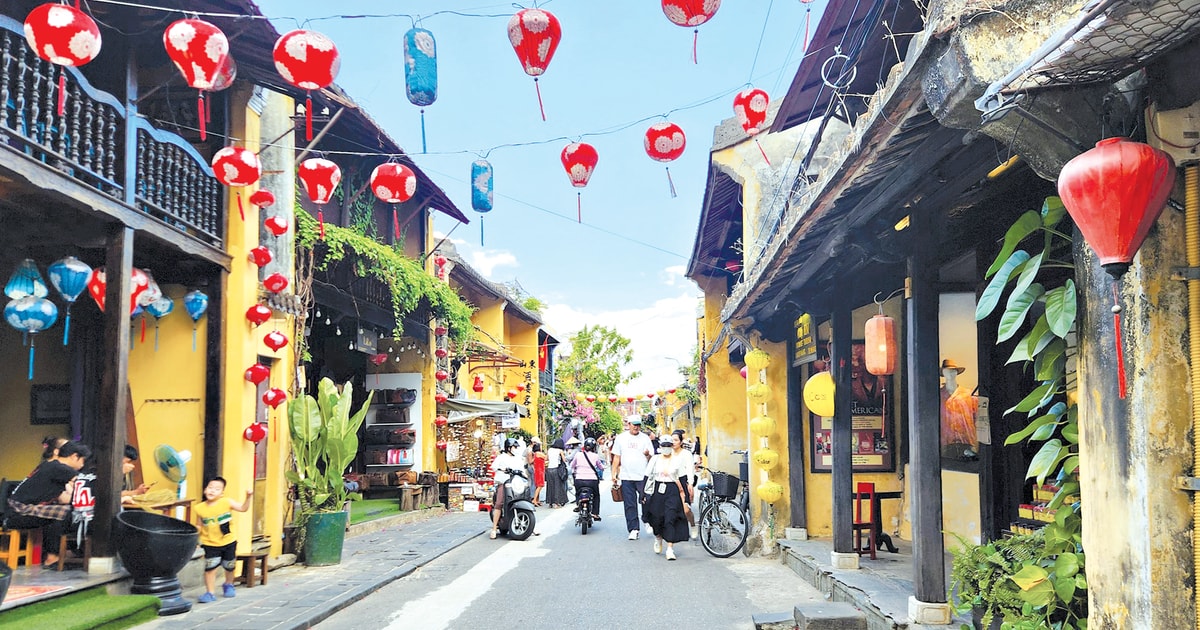













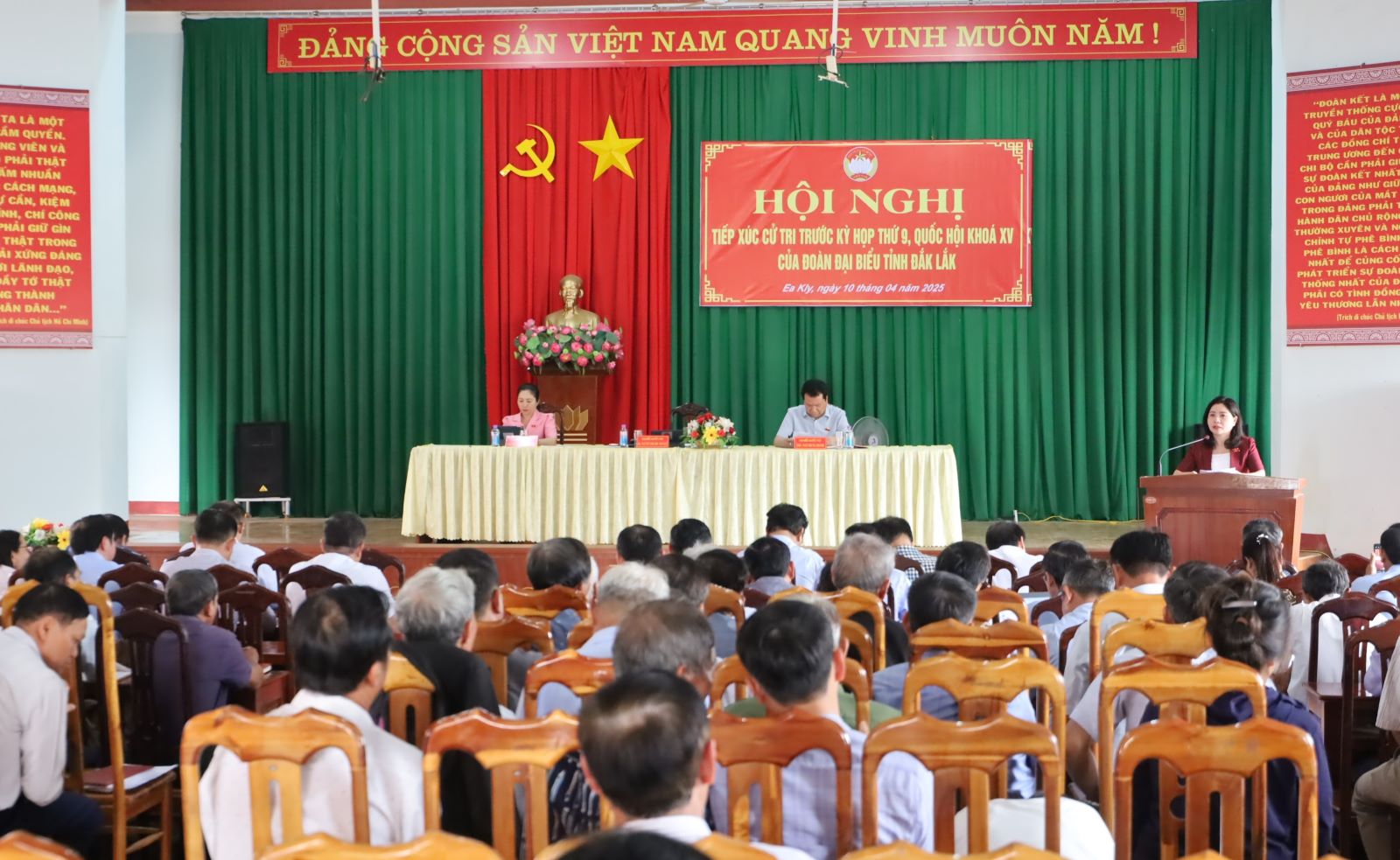




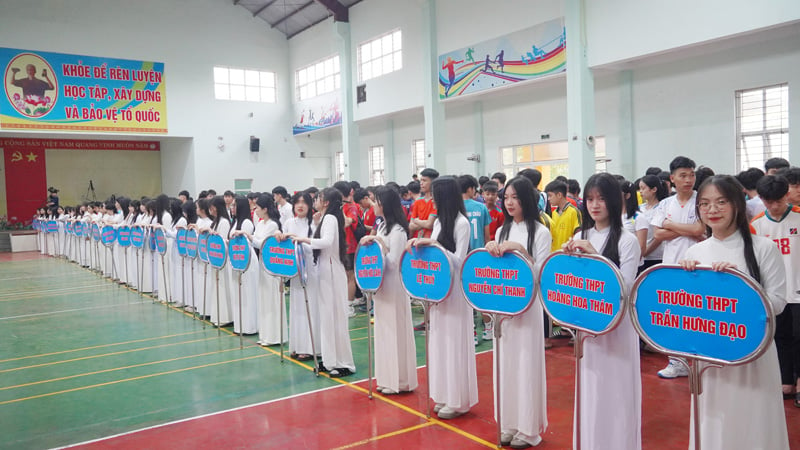
![[Photo] Prime Minister Pham Minh Chinh commends forces supporting Myanmar in overcoming earthquake consequences](https://vstatic.vietnam.vn/vietnam/resource/IMAGE/2025/4/10/e844656d18bd433f913182fbc2f35ec2)

















































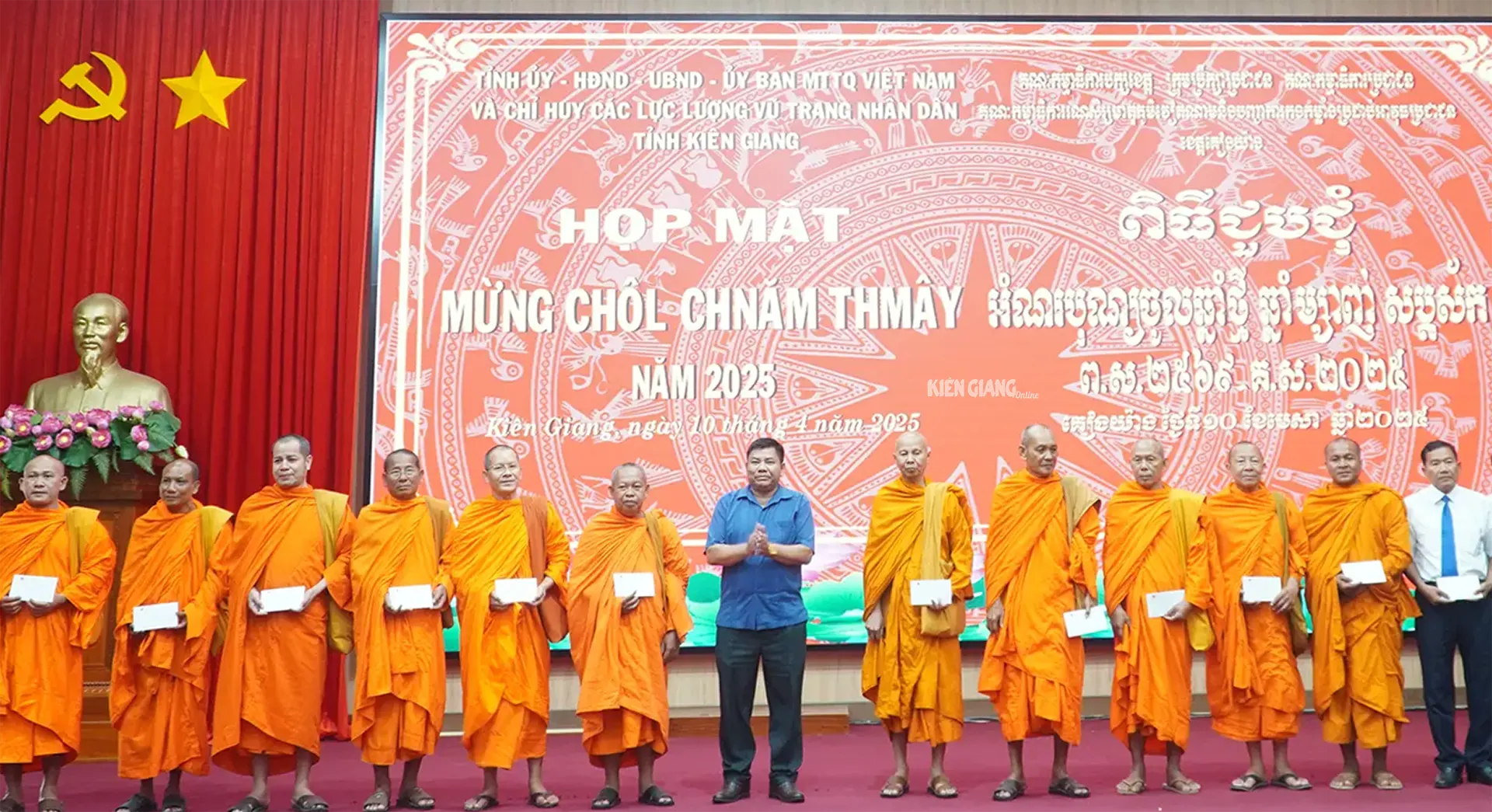










Comment (0)